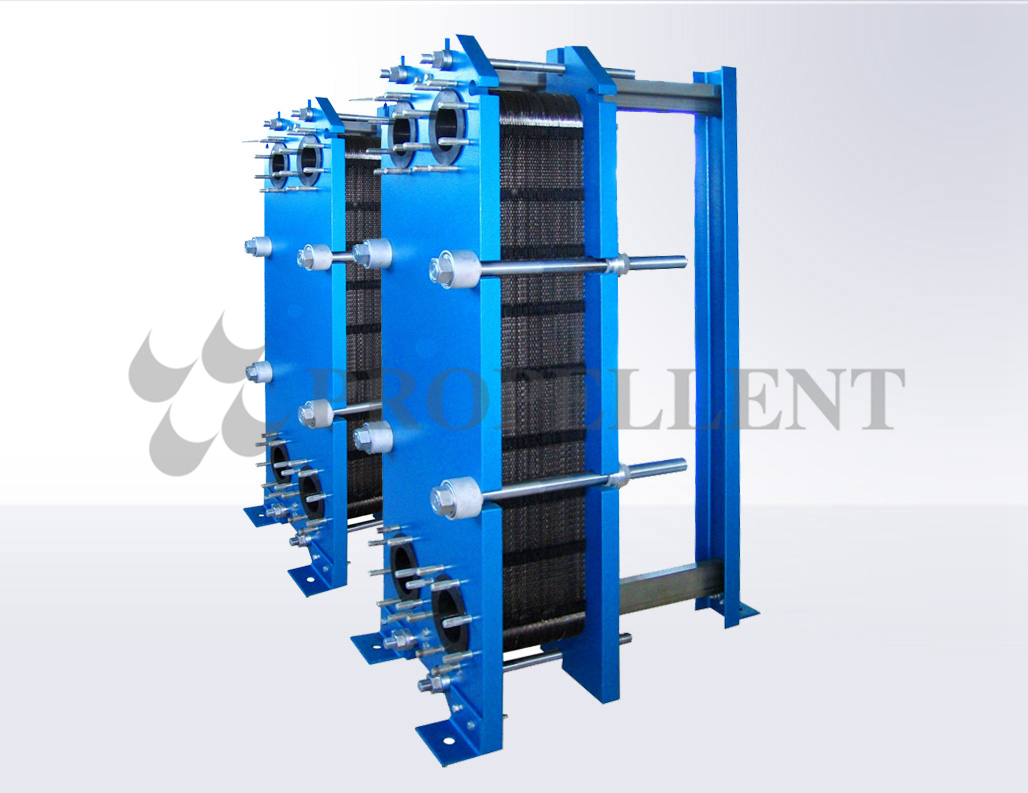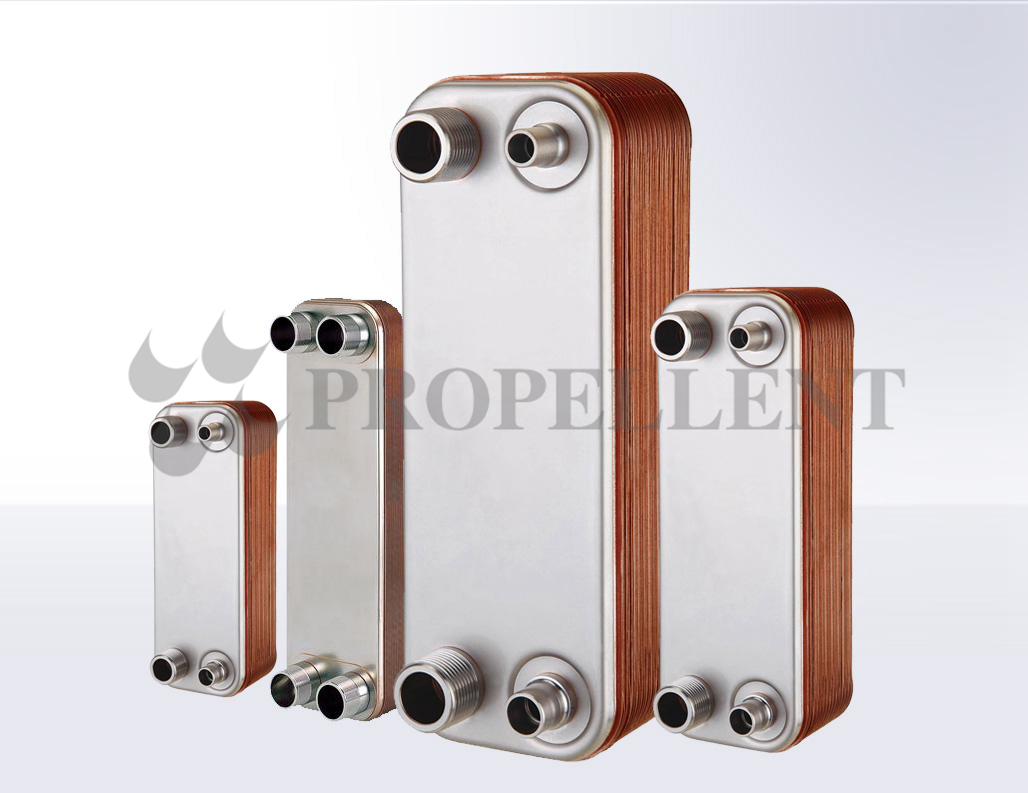Industry news
Features of Marine plate heat exchanger
Features of Marine plate heat exchanger
1. The compact and structure of marine equipment is small.
Currently, plate heat exchangers for marine
turbines are generally considered to be much smaller than conventional heat
exchangers. To this end, in order to meet the requirements of marine equipment,
unnecessary parts of the board should be removed or reduced according to the
actual stress and strain distribution, and the weak parts are locally
thickened. The gas cutting method is placed on the whole body to reduce the
influence of welding deformation on the strength, and the inner plate and the
panel are welded together to eliminate residual stress. It will be able to use
the equipment as much as possible in a limited space, bringing more benefits;
it will complete the heat transfer work to ensure the normal use of the ocean.
2. marine equipment must have impact, large
angle vibration, vibration and other characteristics.
A multi-point fixing method is used at the
bottom of the plate, ie a fixed connection can be used for all fixed parts.
Some important special parts also use a "ribbed" structure, which
greatly increases the stability of the equipment. Only by improving the
stability of the installation can the heat exchange efficiency and the effect
of the heat exchanger be ensured. Once it occurs due to problems such as vibration,
it will affect the heat transfer effect.
3. The cooling medium should take into
account the high concentration of seawater and nitrogen ions.
Since many turbines are in direct contact
with seawater, they have a very large effect on the heat transfer medium during
use. Therefore, at present, the sheets used in turbines are usually made of a
material having high corrosion resistance, such as titanium, which is much
smaller in quality than stainless steel. In order to ensure the quality of the
titanium plate, in addition to the routine inspection, the plate was subjected
to a 100% color penetration test to further eliminate the error in plate
sampling.
4. Heat transfer medium
Since the specific heat capacity difference
between water and oil is relatively large, the temperature difference is large
during heat transfer and the heat transfer coefficient is also large. In order
to make the product reliable and economical, it is necessary to ensure the
oil-water heat transfer performance under the working conditions of the ship to
ensure that the equipment has a certain heat exchange margin. The heat transfer
effect can only be achieved when the heat medium is capable of conducting heat
efficiently.



